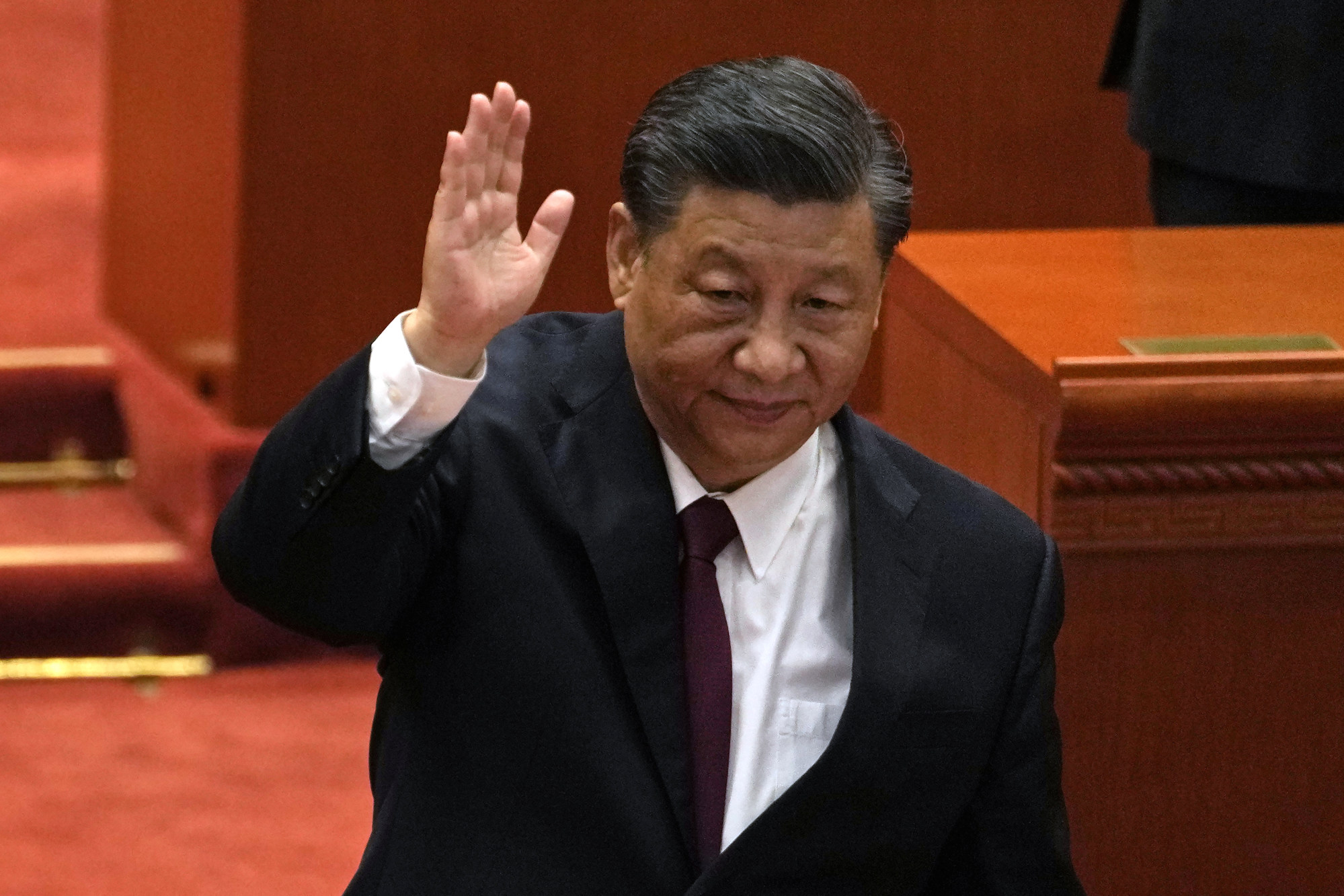
What you need to know about China’s 20th Communist Party congress
- The autumn event is seen as the most significant in decades and takes place against a backdrop of challenges at home and abroad
- While Xi Jinping is expected to secure a groundbreaking third term, the five-yearly meeting will also herald a renewal in the country’s leadership line-up
Xi will be the first person to serve as party chief for more than two terms since the death of Mao Zedong in 1976, bending the retirement norms accumulated in the following decades.
For 20 years, it has been an accepted convention that members of the Politburo Standing Committee retire at the five-yearly party congress after reaching the age of 68.
While Xi, 69, is expected to sidestep the unwritten rule, this year’s congress will see a renewal in the rest of China’s leadership line-up, and it’s not clear the same special allowances will be granted to others in the top echelon of the party.
The congress will see a new team picked by Xi to implement his grand strategy for China in the next five years. These new faces will become key players to help Xi guide China in a very complex and delicate internal and external environment to deliver his promise of elevating China’s status back to the front row of global powers.
All eyes will be on whether a potential successor to Xi will emerge in this reshuffle.

New hands will be introduced to oversee Xi’s goal of achieving decent economic growth for China against headwinds on the geopolitical and trade fronts, aiming to cut off its reliance on the developed world for high technology.
In the lead-up to Xi laying out his vision for China’s comprehensive strategies over the next five years, the Post’s digital project offers insights into the most consequential of these policies to give our readers a sound understanding of the political logic behind Xi’s China.
This year’s congress takes place at a time when China-US relations are at their lowest ebb in more than 40 years. What started as a trade war in 2018 has developed into a comprehensive competition in geopolitics, technology, military, ideology and the economy.
On the home front, China is facing tremendous downward economic pressure, with its economy growing by just 0.4 per cent in the first half of 2022 – its slowest pace since the pandemic first hit more than two years ago.
While the rest of the world has mostly reopened, its second largest economy remains committed to keeping coronavirus cases to a minimum, to the point that Xi has said China’s Covid-19 policy is decided by “the nature of the party”.
As coronavirus lockdowns and supply chain disruptions continue to bite, China’s youth unemployment rate hit an all-time high of 19.3 per cent in June – higher than some developed economies.
Despite the economic setbacks, the ruling party has been prouder than ever of the country’s military prowess and technological advances, with Xi and his enforcers declaring that the rise of China has entered an “irreversible phase”.
There is no official timeline to take back the self-ruled island, which Beijing considers a breakaway province, but it is clear from the mainland’s growing military prowess and combative narrative that the leadership is more ready than ever to take it by force.
All of these issues have implications for a potential conflict between the US and China and the world is watching more closely than ever before to see how the tensions will play out.
The 20th party congress promises to give a clear signal of how China intends to respond to the many challenges at home and abroad over the next five years.

